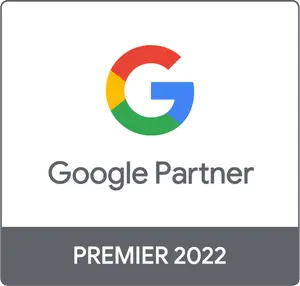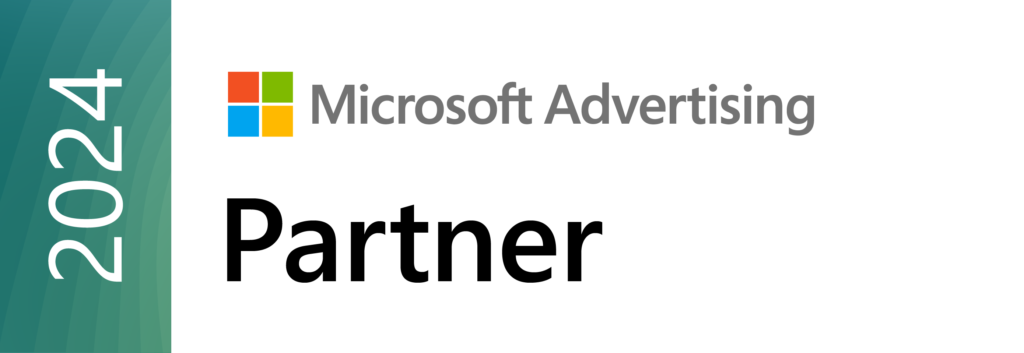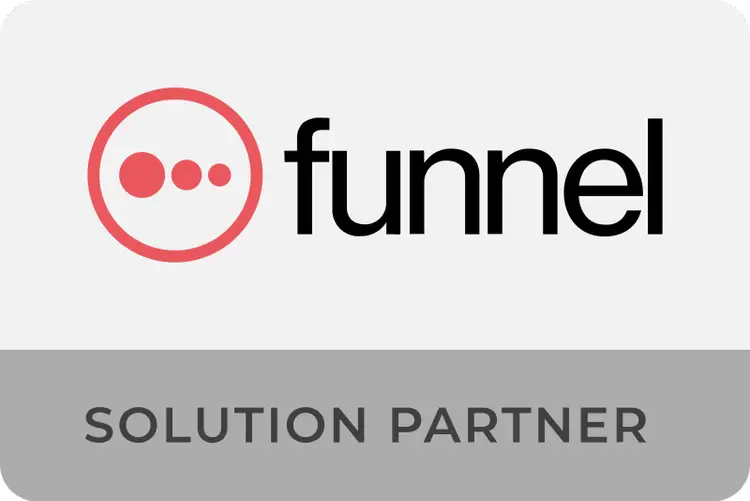As we always like to say, let's start with the basics.
What does remarketing mean? Remarketing is a digital marketing technique that involves re-engaging with users after they have interacted one or more times with the brand/website on one of its digital channels. Although these types of campaigns impact much smaller audiences, it's important to keep in mind that the user is already qualified, meaning they have already shown interest in the product/service. Because of this, remarketing campaigns are more effective and have a higher ROI than prospecting campaigns.
Within remarketing campaigns, it's very important to segment based on the behavior of users who have previously interacted with the brand. Cookies play a fundamental role in this, as they accurately inform us about the characteristics and behaviors of each user across different channels.
Now, a future-proof exam question: How can we do remarketing in a cookie-less world?
With the new privacy paradigm, marketers need to change their mindset and begin deploying strategies that collect large amounts of data through proprietary sources (zero-party or first-party data) to make the most of it. One of the strategies that works best in this new environment is email marketing.
And now, moving from theory to practice, we present 5 concrete remarketing tactics that will increase the conversions of your campaigns:
1. At least one always-on remarketing campaign:
We always recommend having at least one active remarketing campaign in Meta with an audience that has already interacted with your prospecting campaign ads. You can remarket to users/audiences who:
-
Have visited the entire website
-
Have visited a specific part of the website (a specific URL)
-
Have put items in the shopping cart and have not completed the purchase as such
-
Have interacted in some way with the Facebook/Instagram page
-
Among many other examples
The process is as follows:
-
All of these audiences described are created (but be careful because some may not be usable until they are large enough in volume)
-
Depending on the number of website visits and the campaign budget, different remarketing audiences are activated.
2. Treat your remarketing campaign almost like a separate campaign:
By this, we mean that ads should never be the same as those used in the prospecting campaign. It's common to use the same creatives for remarketing campaigns when, to be truly effective, they should be different and emphasize other, more targeted messages.
3. Remember to exclude users who have already converted:
Use exclusions to avoid re-targeting users who have already converted. This way, you'll avoid wasting your budget on users who are unlikely to convert again.
4. Always keep an eye on the Ad Frequency:
To avoid falling into dangerous ad fatigue (a reduction in the performance of your campaigns caused by your audience's overexposure to your ads), it's very important to configure the maximum number of times a single user will see your remarketing ad.
5. Play with your remarketing budget:
Our recommendation is to always start with a low remarketing budget. When launching a campaign, it's logical that you won't yet have enough results to make estimates, so a low investment to avoid getting caught short is the most sensible option. As the campaign gains traction, exposure, and data, you can increase the budget and begin experimenting with other options.
A good remarketing strategy is the finishing touch that every good digital marketing strategy should include to increase the final ROI. Have you put these tactics into practice? Should we schedule a free session so we can give you recommendations more tailored to your specific situation? Write to us at [email protected] and we scheduled a session.






